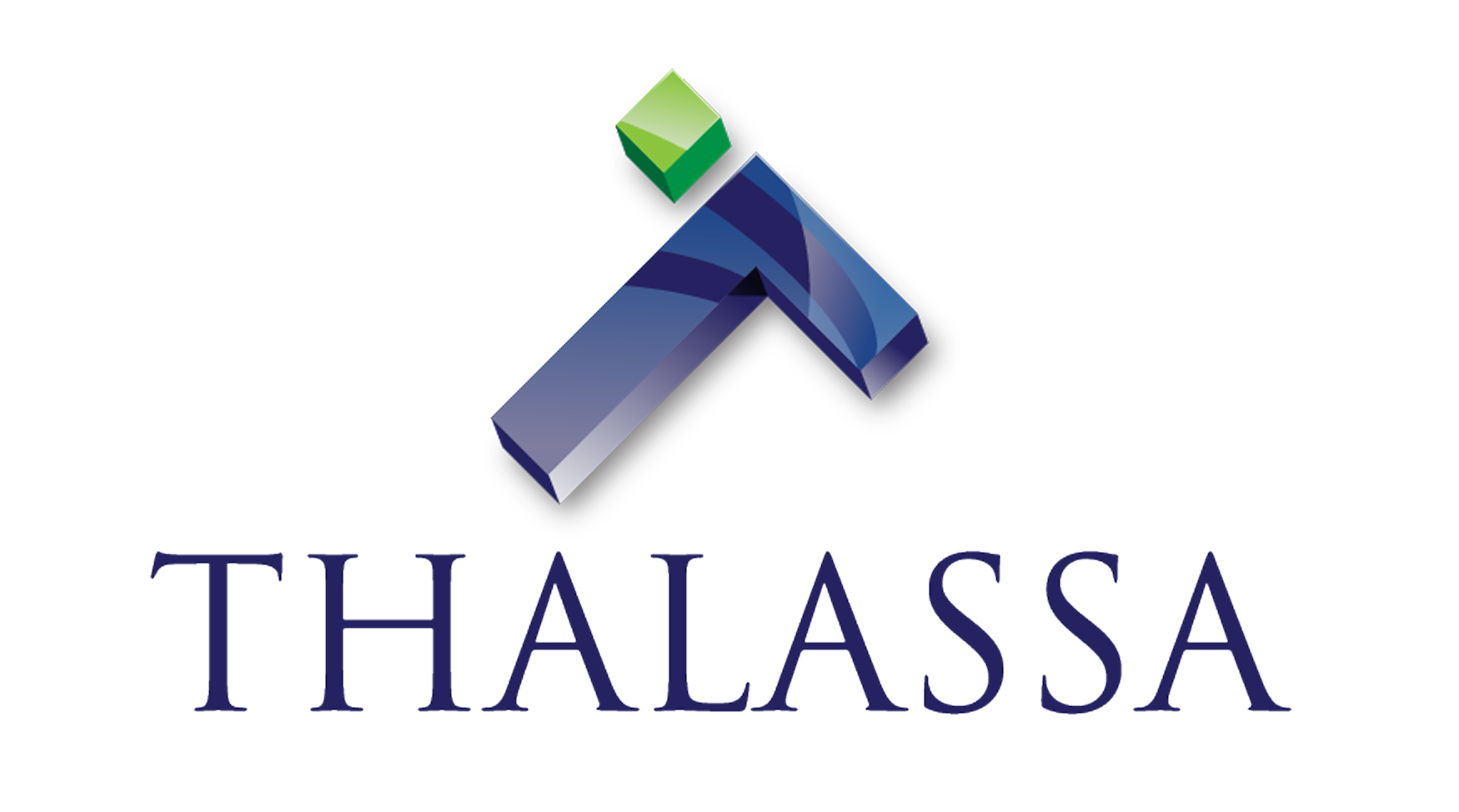Quarterly Letter October 2025
Written October 1-2-3, 2025
THALASSA CAPITAL LLC
“Appear weak when you are strong, and strong when you are weak.” Sun tzu
Financial markets in the current year have certainly mastered the art of deception. By appearing strong when the underlying data were actually messy and uncertain, such as inflation and tariffs, and by appearing weak when eventually profits and margins rushed to carry the day once more despite the predicted gloom, deception has been the rule of the day.
However, as we enter the last quarter of this eventful year, how should investors interpret the financial and geopolitical landscape?
Valuations in US equities are significantly above historical averages and also much higher than one standard deviation from such averages. The current P/E ratio stands at 22.8 times while the 30-year average runs at 17x. The longer valuation time frame captured by the Cyclically Adjusted P/E ratio by Robert Shiller is also running at almost 50% higher than its own 30-year average.
To be fair, valuations alone usually do not cause major corrections, but they do exacerbate moves when an exogenous event occurs or when expectations are not met at the highest order. Unforeseen consequences from the ongoing government shutdown could be a trigger, even though historically such shutdowns have had minor consequences for markets. Additionally, in a couple of weeks, we should start seeing earnings reports for the last quarter and guidance for the next one. Any disappointment on that front could spark a correction.
And of course, recently we had Fed Chairman, Jay Powell, stating that equity prices are “fairly highly valued.” These words are reminiscent of the late 1990s Fed Chairman Alan Greenspan’s “irrational exuberance” comment which did not result into a major bust for another four years.
What we are observing in the economy is a slow shift where the initial spark of economic activity due to the frontrunning of tariffs may now be giving way to companies carefully managing their cost structure to minimize the pressure to pass on price increases to their clients. Ultimately, this dynamic will have significant cooling effects on the labor market and GDP growth.
On the tech front, while investments have so far provided great support, a rationalization of investment budgets should be expected as companies better understand where AI can actually make a difference. From a macroeconomic perspective, the companies that have already been successful in leveraging the productivity premium of the new technology, now have the luxury to reduce their reliance on labor (an economic dampener) and still gain market shares.
All this leads us to opportunities in bonds. An environment where valuations are high, policy risk is high and economic numbers are starting to slow down, shifts the opportunity set from equities to bonds. Locking in current yields provides an opportunity to support income and yet be positioned for capital gains when rates will need to come down to support an economic slowdown.
As PIMCO’s research indicates, starting yields have been historically good forecasters of forward 5-year returns. As of September 26, 2025, the Bloomberg US Aggregate Index shows a yield of 4.42% and the Global Aggregate Index shows a yield of 4.73%. PIMCO’s data indicates that from such a baseline, investors can construct high grade portfolios that can potentially yield 5%-7%.
This data does not mean that investors should now shun equities completely, however, equity risk should be resized, and bond exposure should be increased.
Ultimately, well-constructed and diversified portfolios that are tactically adjusted can consistently deliver strong risk-adjusted performance over the long term.
As always, we would like to thank you for your renewed confidence in our work,
Youri Bujko
Davide Accomazzo

